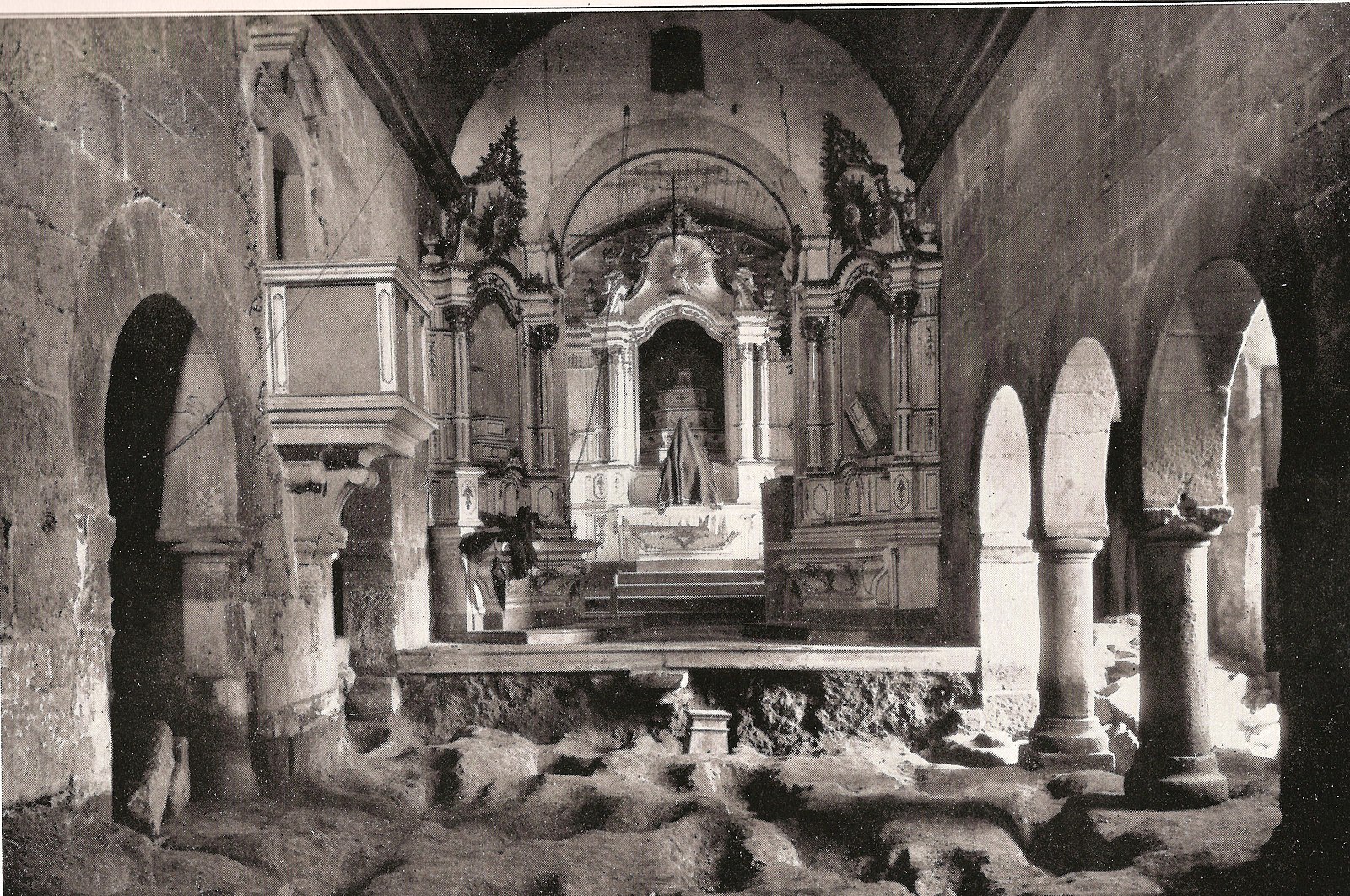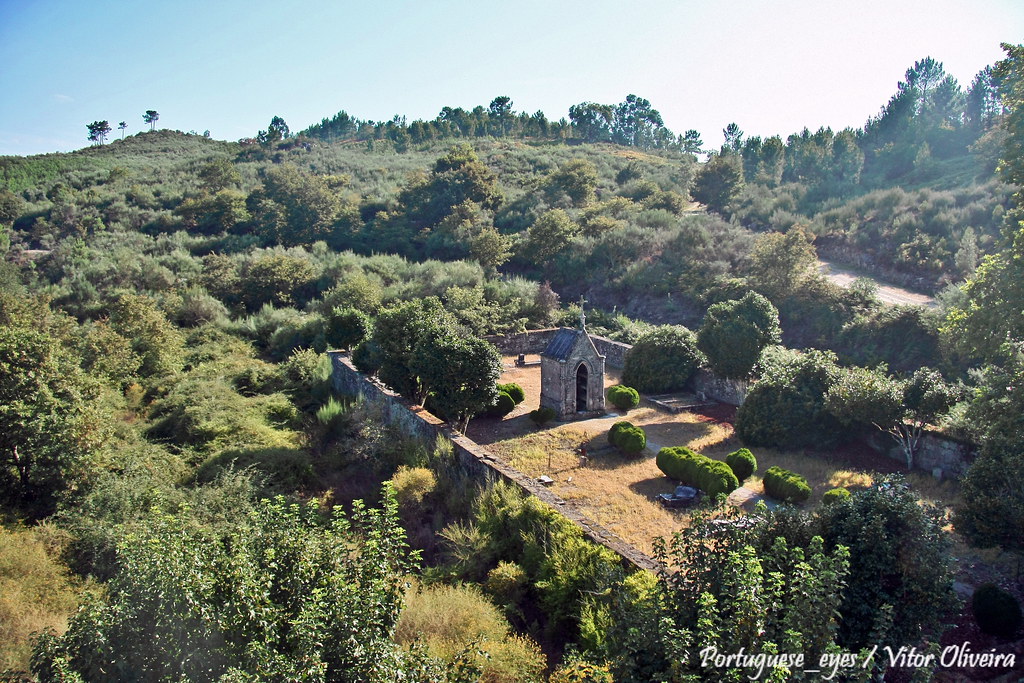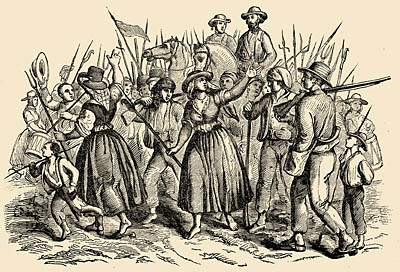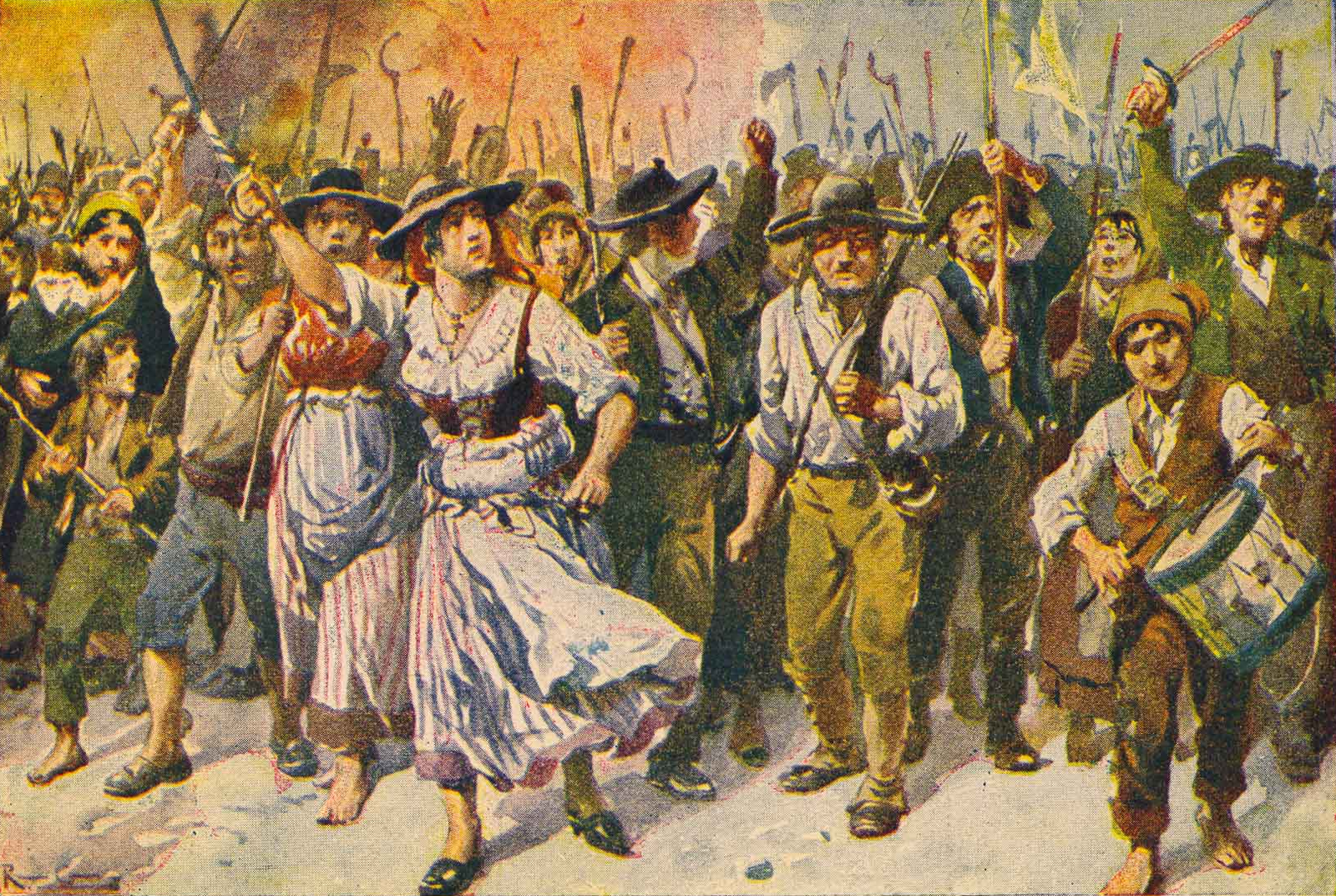When elderly Custódia Teresa died in 1846, in the Portuguese village of Fontarcada, her neighbors rioted. The upheaval had very little to do with the fact that Teresa, specifically, had died, and everything to do with the fact that she’d chosen a terrible, terrible time to go about it.
Up until the early 19th century, dying in rural Portugal has been a relatively straightforward process: people died, the family prepared them as best they could, the priest said mass in the local church, and the bodies were buried under the church floor. Villagers got to spend their deaths as they’d spent their lives: near their neighbors, and near the Catholic church. There was a logical, comforting circularity to the whole thing, to the point where the exact location where one was buried reflected the social inequalities they’d struggled with (or benefited from) throughout their life. Those of less means often ended up buried in the churchyard, rather than inside the church itself, but such a short distance from the house of God was still considered appropriate to keep the dead protected. Medieval Christians had practiced burial ad sanctos, or close to the tombs of the martyrs, as a form of spiritual networking: since it was believed that the saints could intercede in favor of believers, it couldn’t possibly hurt to be buried beside them. In 1800s Portugal, the practice wasn’t taken quite as literally (nor could it be, as local martyrs were few and far between), but there was still a certain feeling of security to be derived from being buried in or around the church, the social and spiritual center of the community.

Everything changed, as they say, when the cholera attacked. No sooner had the epidemic arrived in Portugal, in the 1830s, than it called for the construction of five temporary cemeteries in the city of Lisbon alone. As cholera-infected bodies piled up and anxieties regarding the perceived effects of miasma (aka the “bad air” emitted by decomposing corpses) grew in both tone and influence, the Portuguese government issued two decrees that forbade burial inside church buildings. Instead, the decrees suggested, every village and town should build its own public cemetery according to a series of pre-established, scientifically approved specs. Paramount among them was the issue of location: in the name of health and hygiene, these novel cemeteries should be established as far as possible from the center of the communities they supposedly served.
By severing the link between the living and the dead, which up until that point had been so intimate as to be considered repugnant by many enlightened literati, the government hoped to put an end to two separate problems. First, the transmission of infectious diseases such as cholera; second, the perpetuation of a backwards form of religiosity, where devout Catholics were forced to worship in fetid churches teeming with dead bodies beneath the flagstones. The modern cemetery would be a place of metaphorical, rather than literal death; a place of respectful conviviality where mourners could gather to honor (but hopefully not smell) their fallen ancestors.
For the urban elite who discussed death and dying in sophisticated urban soirées, the idea was grand: finally, ‘civilization’ had arrived in the land of the dead! For the regular patrons of these foul-smelling churches, however… it was the greatest of affronts. In Northern Portugal, especially, where “backwards” Catholicism was really just normal Catholicism, moving the dead to these new, impersonal public cemeteries was to deprive them of the protection conferred by the consecrated ground of the churchyard. It was to exile the dead from the community, and what had poor grandma ever done to deserve such an offense?

Custódia Teresa, the poor woman with the terrible timing, the patient zero for the incoming civil war, was the most distinguished of these corpses. She died on the first day of spring of 1846, in the northern village of Fontarcada, and her death was a hands-on affair for the entire neighborhood.
First, the neighboring women rushed to Teresa’s bedside and pronounced her dead, very dead, definitely dead. While that was, technically, the medical examiner’s job, our heroines knew very well what a corpse looked like and didn’t feel like waiting for a second opinion. It was the 1840s, and death was still firmly women’s business. (Partly because churchgoing was women’s business, and churchgoing was intrinsically connected to the cult of the dead; and partly because funeral arranging was really just a final act of domestic management.)
Once the prep was over and done with, there was the whole matter of actually burying the body. The public cemetery had yet to be built, which could have complicated things had the women intended to abide by the law—but they didn’t. Instead, they hauled the casket containing Teresa’s body to the nearby church of the monastery of Fontarcada, forced their way past the men guarding the double doors, and buried the unsuspecting woman under the flagstones.
It was far from a tidy, graceful effort, but it was effective: Teresa’s body got to rest in peace, and the impromptu band of all-female funeral arrangers got to celebrate a victory against a tyrannical government that did not represent them, their dead, or their traditions.
Unfortunately, for every death-positive action, there is an equal and opposite reaction. The following day, the civil administrator at Póvoa de Lanhoso, the nearest town, issued an arrest warrant for the riotous women of Fontarcada, whom he believed to be exceedingly dangerous because of their physical confrontation with the guards outside the church. A second order was issued for the exhumation of Teresa’s body, and its consequent re-burial in the location of the soon-to-be public cemetery.

Rather than dampen the rioters’ spirits, the arrests served only to spur their indignation. Shortly after the arrests, on the day a judge was supposed to visit the detained women for their first hearing, the people of Fontarcada rang the church bells in an improvised battle cry. Armed once again with the only weapons they could legitimately wield (i.e. their pitchforks and their vocal chords), over three hundred women marched on the local jail to break out their sisters-in-arms.

While the revolutionaries rejoiced (and Custódia Teresa decomposed quietly beneath the flagstones of the local church), word of the successful riot began to spread. In a time of seemingly endless oppression, the knowledge that a band of peasant women from the middle of nowhere had a) faced down a troop of guards, b) buried a body inside a church, c) frustrated an attempted exhumation, and d) executed a successful prison break was nothing short of extraordinary. It was also, of course, highly incendiary.
The government, sensing a shift in popular opinion, tried to discredit the episode as rural women’s hysterical fanaticism—and while it wasn’t a mistake, per se, to call it a women’s revolt, it certainly was a mistake to minimize it. The fact that rural women had chosen to bear arms for the right to provide their loved ones with what they believed to be a good death wasn’t a bug in the system: it was a feature. In a time and place that tasked women with the near-sacred duty of nurturing and protecting entire communities, it’s hardly surprising that so many would take it upon themselves to see the job through from cradle to casket. That, in a way, is the purest expression of death positivity.
Elsewhere in Portugal, other women (as well as others) followed their example. Soon the riots had spread to nearby towns, and then engulfed the entire Northern region. No longer protesting just a couple of burial laws, people were also speaking up against over-taxation and government corruption. A revolution was well underway, but it was no longer just a picaresque little skirmish started by an old women’s corpse and her friends from church; it was a seemingly anarchic mass uprising that showed no signs of slowing down. By April, barely a month after Custódia Teresa’s death, the army was marching on the north in order to quell, arrest, and punish the troublemakers. By October, two governments had been deposed and the country was neck-deep in a civil war.
And all because an old woman had chosen a terrible time to die.
Custódia Teresa’s tumultuous burial and consequent riot went down in history as the revolution of Maria da Fonte (Maria being a common female name, and Fonte standing in for either “fountain” or an abbreviation of Fontarcada). It’s unclear whether the name honors an individual, identifiable woman, or an anonymous mass of revolutionaries whom history has chosen to remember as “Maria”. Either way, the name is a testament to the power of popular sovereignty in life as well as death. Funeral customs can and do change, but as potential mourners and future corpses, it’s in our best interest to fight for the changes that serve us—and to resist those that do not.
In our endless quest for a good death, we are all Maria da Fonte.
